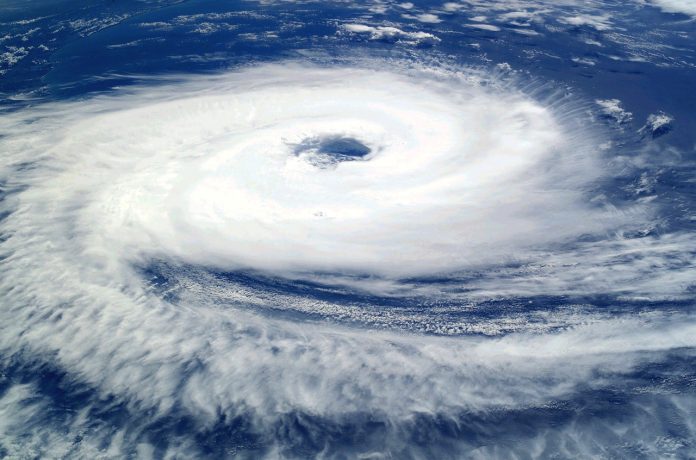Cyclone Amphan, Cyclone Hudhud, and Cyclone Yass; none of them have failed to capture the attention of the masses. They have caused untold devastation in the environmental landscape for the last couple of years or so. Back in May 2021, Cyclone Taukate caused significant damage and loss of life while Cyclone Amphan in 2020 led to huge devastation of infrastructure and damage to the agricultural sector. Cyclone Mocha, which has hit the eastern coast of India, has been causing significant damage to the lives and livelihood of people.
The intensity and impact of cyclones have been increasing rapidly and have been creating a devastating impact on the ecosystem, the economy, and the culture of a region along with its people and community. The devastation can largely be owed to the changing climatic conditions and global warming. Cyclones are regarded as one of the most destructive weather phenomena on our planet with intense winds, heavy rains, and damage to buildings, infrastructure, and agriculture.
There has been a significant increase in the intensity and frequency of cyclonic storms in both the Arabian Sea and the Bay of Bengal areas during the period 1982-2023. According to leading Climate scientist Dr Mathew Koll, cyclones these days can retain their energy for a considerably long period and this has necessarily been due to the weather conditions prevailing in the oceans which support the intensification of cyclones. One of the strongest and most destructive cyclones of the past, Cyclone Amphan, which travelled over land as a very strong cyclone and resulted in huge destruction can be considered an example of this.
Cyclones retain their intensity for a longer period if the oceans are warm and winds are favourable. Due to global warming, the temperatures in the Bay of Bengal Area have risen between 30 to 32 degrees Celsius which plays an important role in the intensification of cyclones. According to a recent study concerning “Changing the status of Tropical Cyclones over the north Indian Ocean, “it has been mentioned that the reason for intense cyclones on both sides of the Indian Coast is climate change. If the Arabian Sea is taken into consideration, the translation or the moving speed of cyclones has decreased which is increasing the Cyclonic activity over the Arabian Sea. The increase can be largely attributed to the moisture availability due to global warming and rising ocean temperatures. Per decade, there has been an 8 % increase in the intensity of cyclones in the past four decades. This rise is undoubtedly due to the rise in the surface temperature of seas, a consequence of climate change. The slow and steady movement of cyclones is also a reason for the increase in rainfall and flood in different areas
It is extremely concerning that there has been a change in the behaviour of the cyclones along with the increase in intensity. The prediction of incoming Cyclones has become a herculean task leading to great difficulties for the authority’s inefficient preparation and response to the devastating situation. A need for a better understanding of the change in patterns of Cyclones has become the need of the hour.
Studies show that cyclones have a damaging effect on the environment as to how they impact the ocean ecosystem which includes the different coral reefs and fisheries and ultimately, leads to pollution of the water bodies. Cyclones mostly affect the poorer communities as they are more vulnerable to these harsh weather conditions which affects their overall social and economic life and also leads to the deaths of quite a few people belonging to the huge community.
There is an urgent need for mitigation of the adverse effects of climate change to prevent the adversities caused by cyclones. Reduction of greenhouse gas emissions and protection of vulnerable populations is essential. A proper investment towards sustainable development is also very much needed and a comprehensive plan to deal with the damage of climate change and cyclones should be formulated. Apart from these, warning systems, efficient disaster management plans, and the formation of stronger and more resilient buildings are necessary for the fight against climate change. Lastly, there is a need for better international cooperation to address climate change and the impact of cyclones in various parts of the world.






























